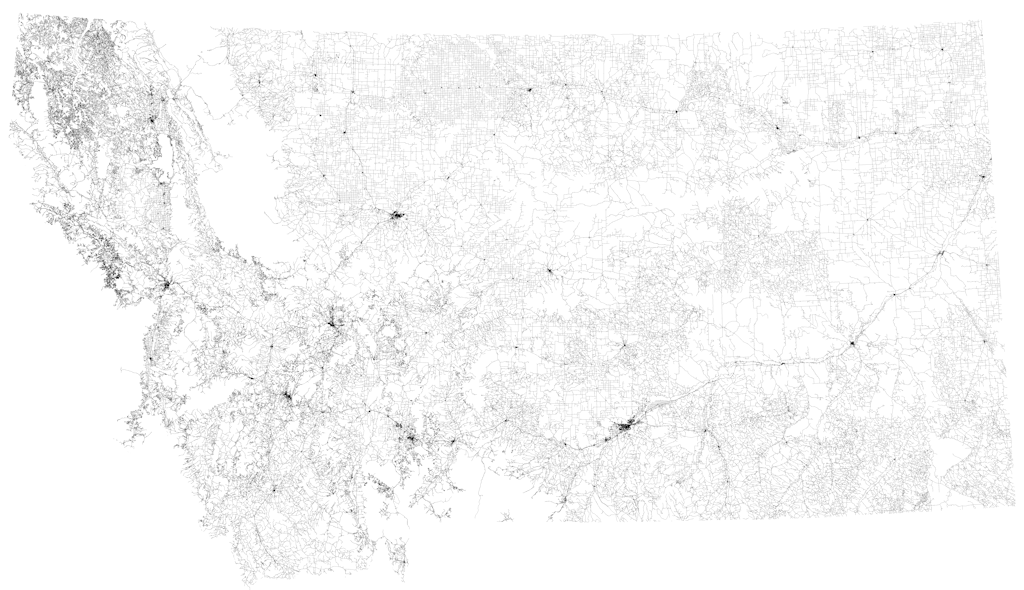Hello NFPA members:
At our August Board meeting I said I would keep the membership informed about the current status and events of the Rocky Mountain Front Heritage Act as they unfold, and the issues facing the Badger-Two Medicine Roadless Area.
At my request, I asked Bill Walker to post the most current news reports from the Great Falls Tribune, Missoulian, Daily Interlake and the Hungry Horse News. Thanks, Bill. It’s my hope that NFPA members read these articles and become engaged.
The Hungry Horse News, in its Oct. 9, 2013 issue, has a very good article written by Chris Peterson on the pending legal battle over an oil and gas lease within the Badger-Two Medicine. (Bill posted this on the website.)
Various groups are intervening on behalf of the Lewis & Clark NF to help protect the Badger-Two Medicine, which is on the northern portion of the Rocky Mountain Front just south of Glacier NP. The article briefly explains the history of the area and its importance as a vital linkage between Glacier and the Bob Marshall Wilderness complex. One hundred thirty thousand acres of inventoried roadless land is nothing to ignore. A person can travel through the Badger-Two Medicine and the Bob Marshall Wilderness complex approximately 140 miles without crossing a single road. The Badger-Two Medicine was included in the 1980s statewide wilderness bill, but vetoed by then President Ronald Reagan at the request of Senator Conrad Burns (R-Montana).
Many of the folks that have requested intervener status have helped out in our North Fork efforts, and I feel it’s time for us to help out our neighbors. Letters need to be written to the delegation (see contact info below) with copies sent to the Lewis and Clark National Forest in support of protecting the Badger-Two Medicine, and the Rocky Mountain Front Heritage Act as a whole.
As I stated before, things are unfolding fast and this will probably be one of the largest and most important conservation issues facing the Crown of the Continent. And, as a side note – One of the oil and gas companies that is holding out on a buyout just happens to be holding out its lease in the North Fork as well.
The Badger Two Medicine and the North Fork of the Flathead have more in common than you might think. Both adjoin Glacier NP and both are vital wildlife areas connecting linkages east & west, and north & south. Protecting the Badger-Two Medicine is good for the North Fork.
For additional information on the Badger-Two Medicine area, the Glacier-Two Medicine Alliance and its long-time North Fork connection, go to: http://www.conservemontana.org/content/glacier-two-medicine-alliance/cnmF68CE668434B66836.
Please send letters to protect the Badger-Two Medicine and support the Rocky Mountain Heritage Act:
Senator Jon Tester – www.tester.senate.gov
706 Hart Senate Office Building
Washington, DC 20510-2604
Phone: (202) 224-2644
Senator Max Baucus – www.baucus.senate.gov
511 Hart Senate Office Building
Washington, DC 20510
(202) 224-2651
Congressman Steve Daines – www.daines.house.gov
206 Cannon House Office Building
Washington, DC 20515
(202) 225-3211
Supervisor’s Office
Lewis and Clark National Forest – www.fs.usda.gov/contactus/lcnf
PO Box 869
Great Falls, MT 59403
Thanks,
Frank
